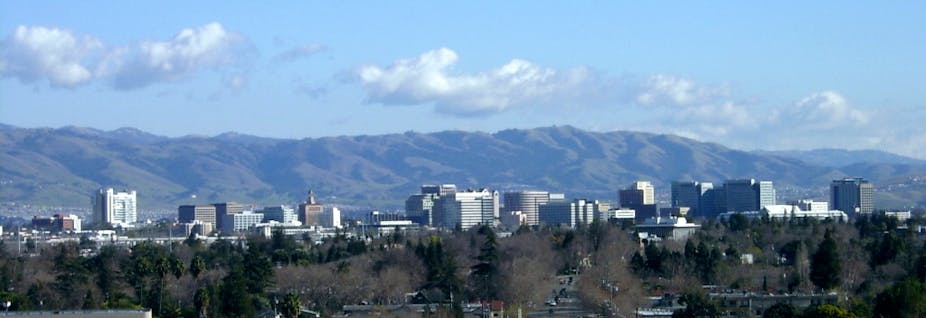There is often lots of talk in American politics about the “real America.” Suffice it to say, implicit in that is that everyone wants to be real and so even an assertion to the contrary is an insult.
Truth be told, however, what many regional and local governments are interested in is whether their location is unreal. That is, do they perform or have the potential to perform in ways that vastly outstrip other areas.
A new method developed by MIT’s Jorge Guzman and Scott Stern (and published in Science today) promises to add some science into the search for the unreal. The authors’ idea was to combine business establishment data – often used as an imperfect measure of entrepreneurial activity – and use history to understand what factors led new establishments to really grow, generating equity value and, of course, jobs. Once they have those factors, they can look at new businesses and then predict their growth potential. Finally, in the search for the unreal, they map their outcomes.
So let’s step back and see whether what they found leads to business growth. On the one hand, if a firm is incorporated, that indicates future growth. That isn’t too surprising given that incorporation takes some resources but also is only undertaken if there is some commitment to longevity. Firms that have patents also have growth potential. Again, hardly a surprise given that those firms are likely to be technology companies rather than another cafe or dry cleaner.
But the more surprising result was that the firm’s choice of name could tell you something. Short names are good as are names associated with technology. I guess moving from “The Facebook” to “Facebook” is correlated with a customer-orientation that makes a firm poised for growth. The idea here is not that the name itself matters per se, but that thought into a name that is short and to the point indicates other good qualities about the business, including its strategy and positioning.
Armed with that, Guzman and Stern could then look at businesses established more recently and project their growth potential. They did so and then they mapped it. Here is the San Francisco Bay Area.

Looking at the map you can see the concentration of activity around the South Bay. Despite all the talk of Silicon Valley migrating north, there it is clustered around Stanford University and the Google/Facebook/Apple tech giants. You can also find it near Berkeley on the other side of the Bay.
The study hasn’t searched the whole of America yet; there is a Massachusetts study here. The authors looked for where they thought they would find unreal stuff and did. But who knows what gems of unreal activity will emerge elsewhere as the method is scaled up? This is certain to be an important tool for policymakers for years to come.

